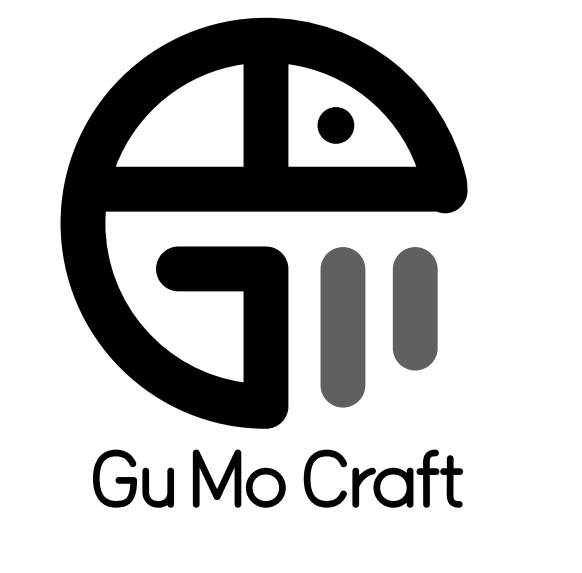How Are Puzzles Made: Art & Science Explained
Key Insights
- Puzzle creation combines artistic design with precise engineering
- Modern technology like CAD and automation revolutionizes puzzle manufacturing
- Material selection ranges from cardboard to premium wood for different experiences
- Puzzles offer cognitive benefits and environmental sustainability considerations
The Art and Science of Puzzle Creation
Puzzles have captivated minds for centuries, offering a delightful blend of challenge and entertainment. But have you ever stopped to wonder, "

Creating a puzzle is more than just cutting pieces from a picture. It involves several steps, each requiring attention to detail and creativity. Let's explore the key stages of puzzle creation.
Designing the Puzzle
The journey begins with a design. Artists and designers create intricate and captivating images, ensuring they are both beautiful and suitable for being broken into many pieces. The design must be engaging, with enough detail to make the puzzle challenging yet enjoyable.
Selecting the Right Materials
The quality of a puzzle depends significantly on the materials used. Most jigsaw puzzles are made from cardboard because it's durable and easy to cut. However, some high-end puzzles are crafted from wood, offering a premium experience. The choice of material affects the puzzle's durability, feel, and the precision of the pieces.
Printing the Image
Once the design is ready, it's printed onto the chosen material. This step demands high-quality printing techniques to ensure vibrant colors and sharp details. The printed image serves as the face of the puzzle and plays a crucial role in the puzzle-solving experience.
How Are Jigsaw Puzzles Made
?

Jigsaw puzzles are among the most popular types of puzzles. Their creation involves a combination of artistry and precise engineering. Here's a closer look at how they come to life.
Die-Cutting Process
The die-cutting process is where the magic happens. A sharp, thin metal blade, known as a die, is used to cut the puzzle into pieces. This die is designed specifically for each puzzle, ensuring unique shapes and interlocking pieces. The die-cutting process is precise, allowing for intricate designs and a satisfying fit between pieces.
Assembling the Puzzle
After cutting, the puzzle pieces are separated, sorted, and packaged. Quality control checks ensure that each piece is cut correctly and fits perfectly with its neighbors. This step is crucial to ensure that the puzzle is enjoyable and challenging for solvers.
Packaging and Distribution
Finally, the completed puzzle is packaged, often with an image of the finished puzzle on the box to guide solvers. The packaging protects the puzzle during transportation and makes it appealing to consumers. Once packaged, puzzles are distributed to stores and online retailers, ready to reach eager puzzle enthusiasts.
The Role of Technology in Puzzle Manufacturing

Modern technology plays a significant role in the puzzle manufacturing process. Advanced printing techniques and computer-aided design (CAD) software have revolutionized how puzzles are created. CAD allows designers to experiment with different shapes and configurations, ensuring a perfect fit for each piece.
Automation in Puzzle Production
Automation has streamlined many aspects of puzzle production. Machines now handle everything from printing and cutting to sorting and packaging. This automation not only speeds up production but also enhances precision and reduces human error, resulting in higher quality puzzles.
Innovation and Customization
Technology has also opened the door to innovation and customization in puzzle creation. Companies can now offer personalized puzzles, allowing customers to turn their favorite photos into custom jigsaw puzzles. This level of personalization adds a unique touch, making puzzles an ideal gift for any occasion.
The Science Behind Puzzle Enjoyment
Understanding how puzzles are made is only part of the story. The science behind why we enjoy puzzles is equally fascinating. Solving puzzles engages our brains, improving cognitive function and providing a sense of accomplishment.
Cognitive Benefits
Puzzles challenge our problem-solving skills and enhance our memory. They require concentration, spatial reasoning, and logical thinking, making them a valuable tool for cognitive development. Studies have shown that regularly engaging in puzzle-solving activities can delay cognitive decline and improve mental agility.
Emotional Satisfaction
Completing a puzzle brings a sense of achievement and satisfaction. The process of fitting pieces together and watching an image gradually emerge is rewarding, providing a mental break from the stresses of daily life. Puzzles also offer a sense of control and order, allowing us to find peace in the midst of chaos.
Environmental Considerations in Puzzle Production
As consumers become more environmentally conscious, puzzle manufacturers are also considering their environmental impact. Sustainable practices are being implemented to reduce waste and conserve resources.
Eco-Friendly Materials
Many puzzle manufacturers are now using recycled materials and soy-based inks to minimize their carbon footprint. These eco-friendly options ensure that puzzles remain a sustainable form of entertainment for future generations.
Reducing Waste
Efforts to reduce waste in puzzle production include optimizing cutting processes to minimize scrap material and using biodegradable packaging. These initiatives contribute to a more sustainable production cycle, benefiting both the environment and the industry.
Conclusion
The art and science of puzzle creation is a captivating blend of creativity, precision, and technology. From the initial design to the final product, each step in the process is carefully crafted to ensure an enjoyable experience for puzzle enthusiasts. As technology advances and environmental considerations become more prominent, the future of puzzle manufacturing promises even more innovation and sustainability.
Whether you're a casual puzzler or a dedicated enthusiast, understanding how puzzles are made adds an extra layer of appreciation to this timeless pastime. So next time you sit down to piece together a jigsaw puzzle, you'll have a newfound respect for the art and science behind its creation. Happy puzzling!

